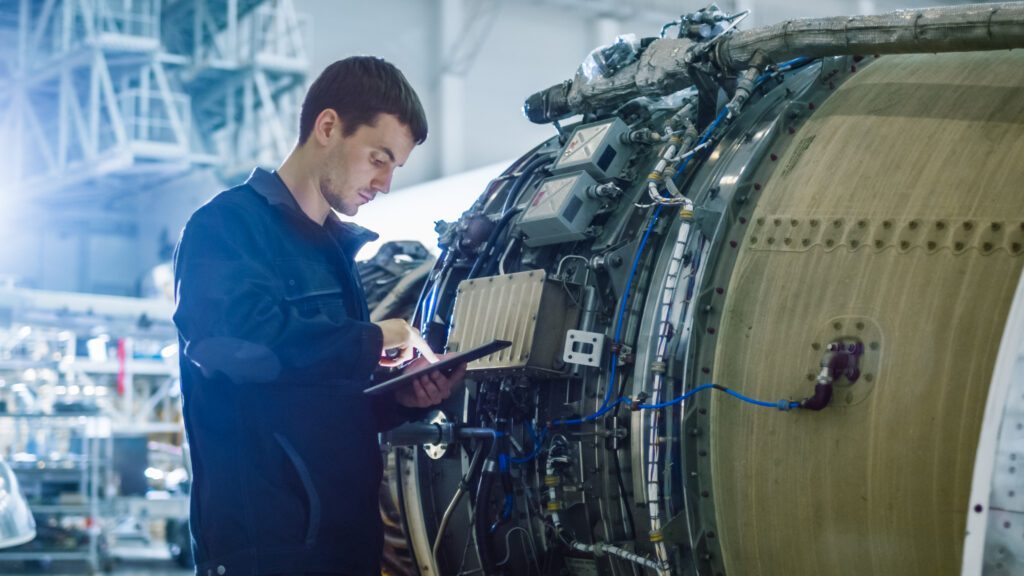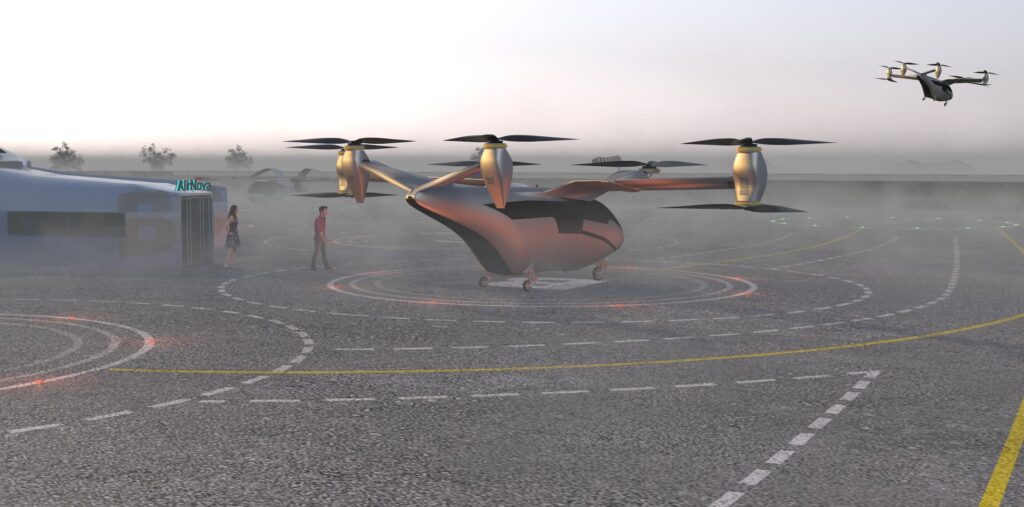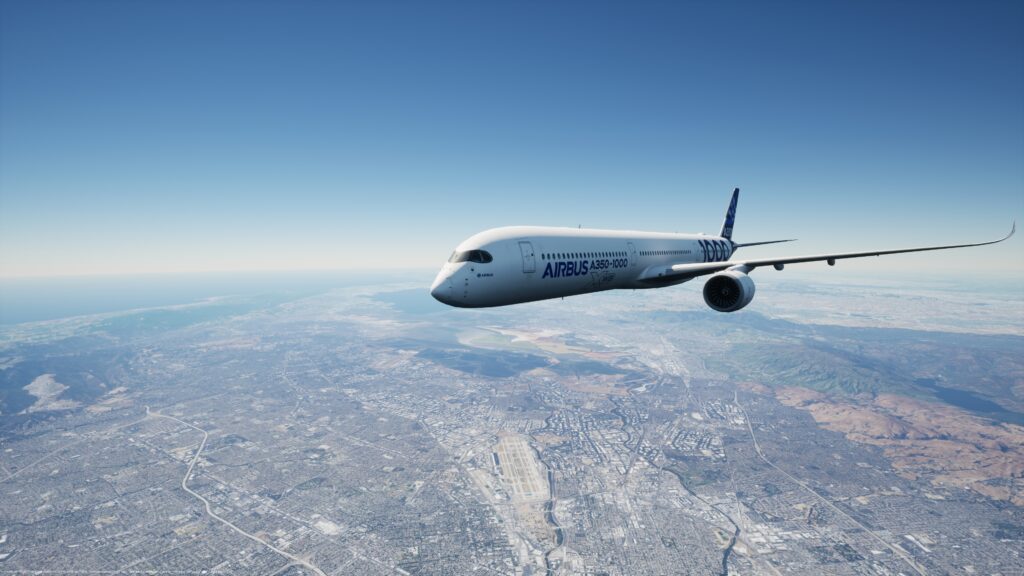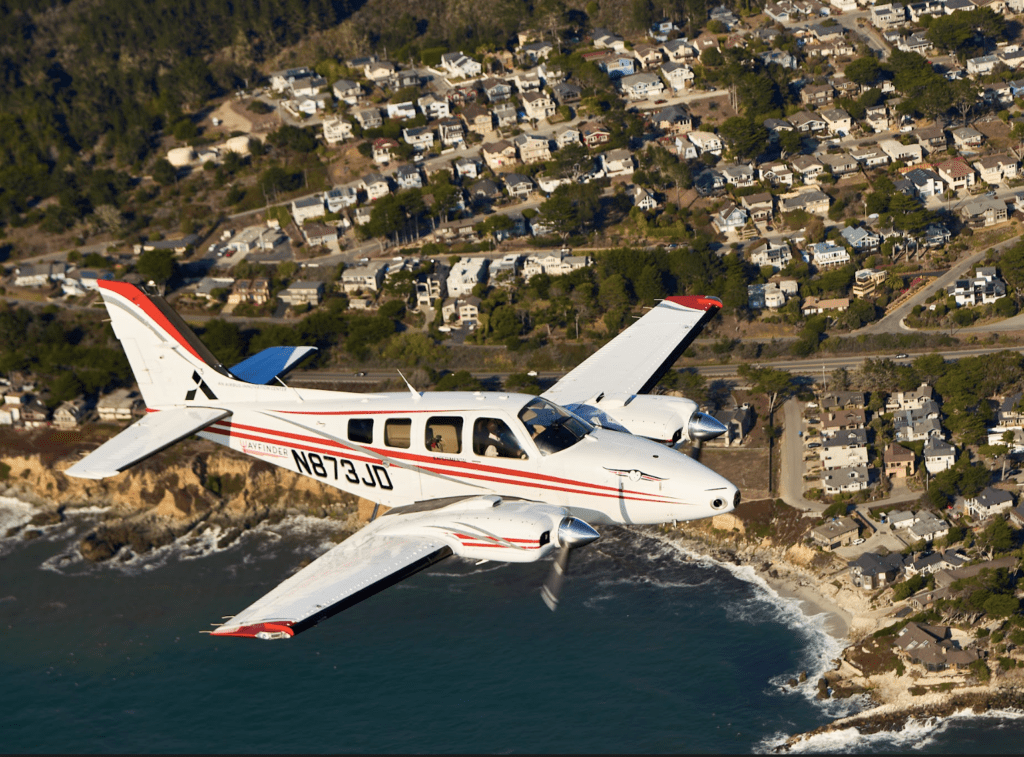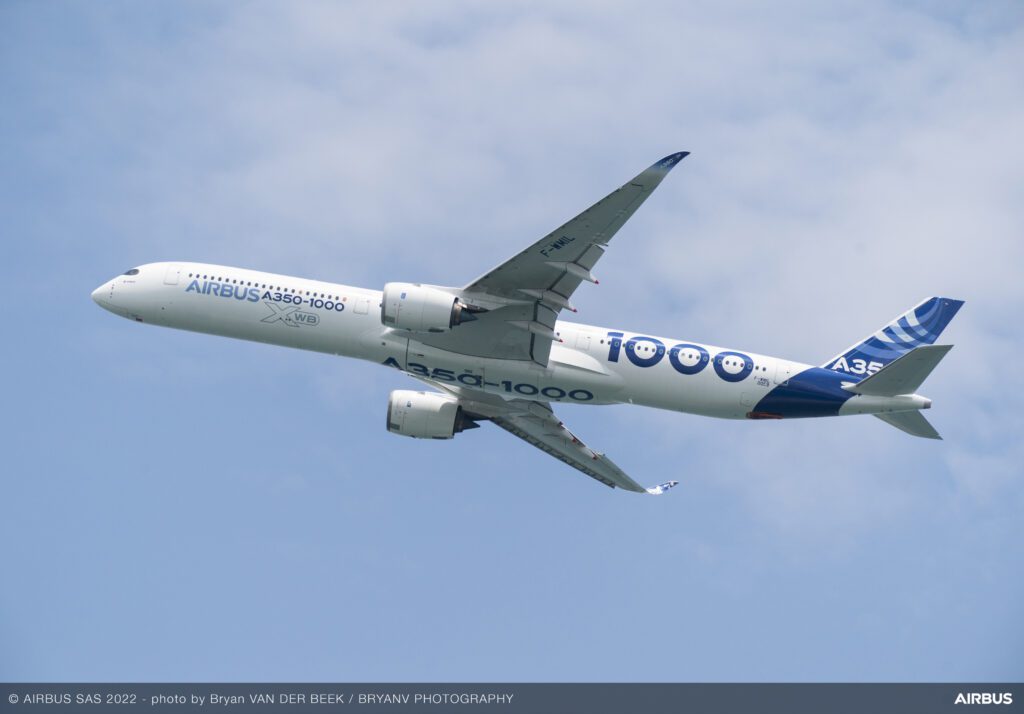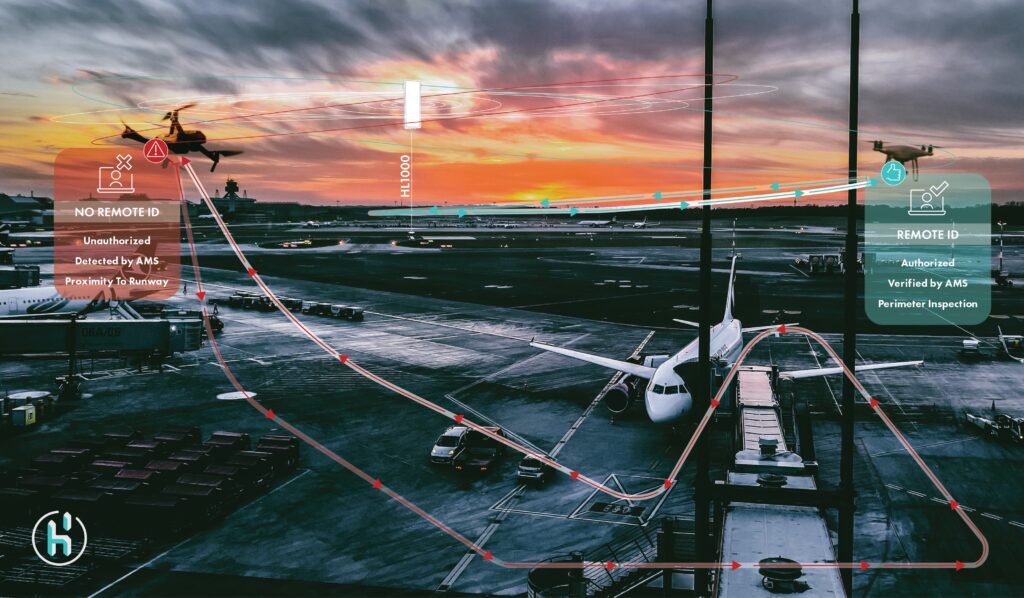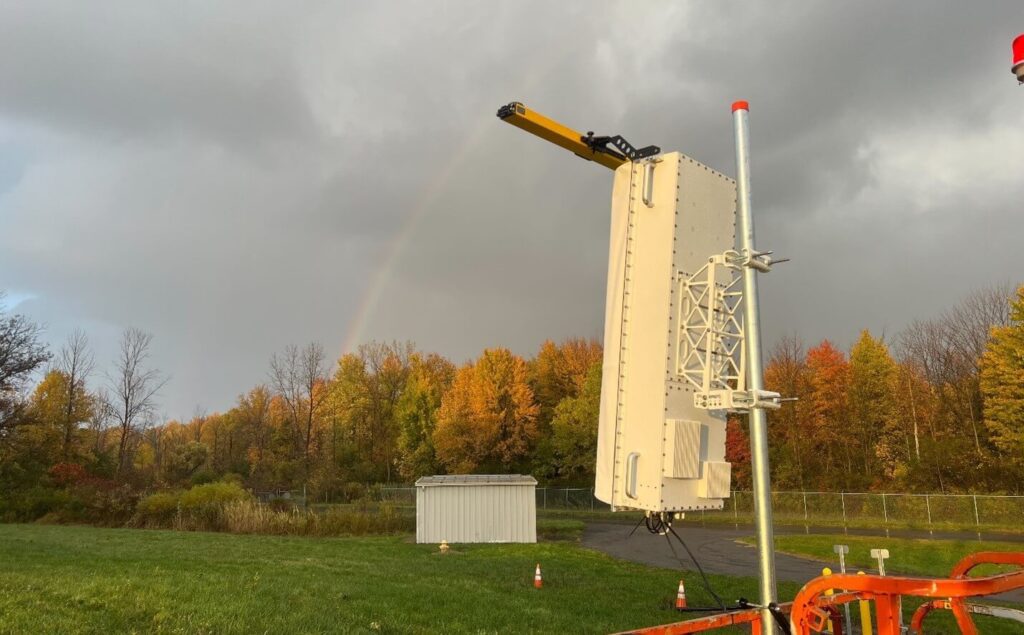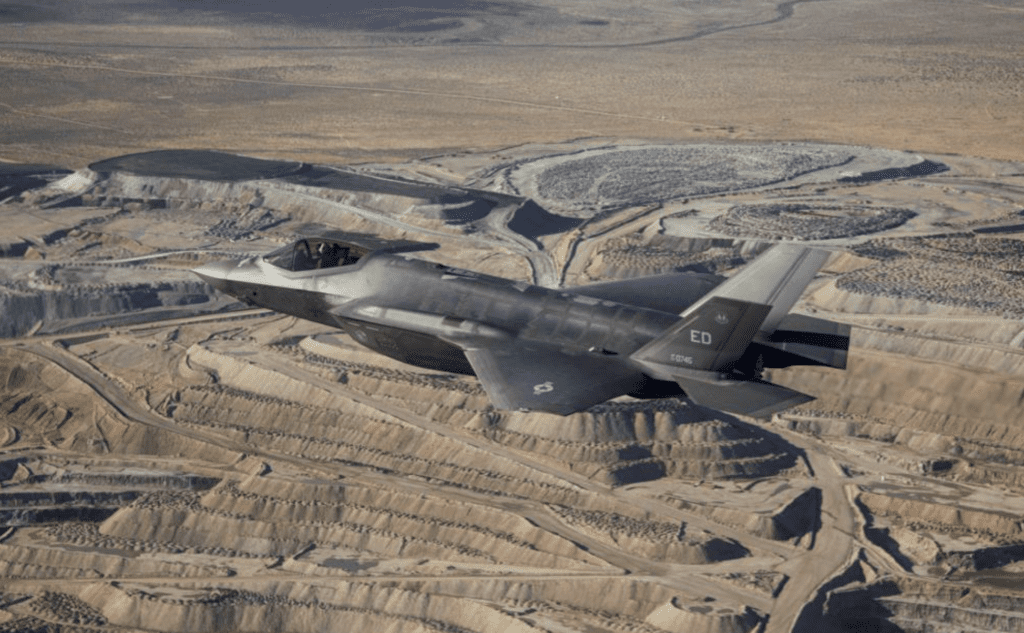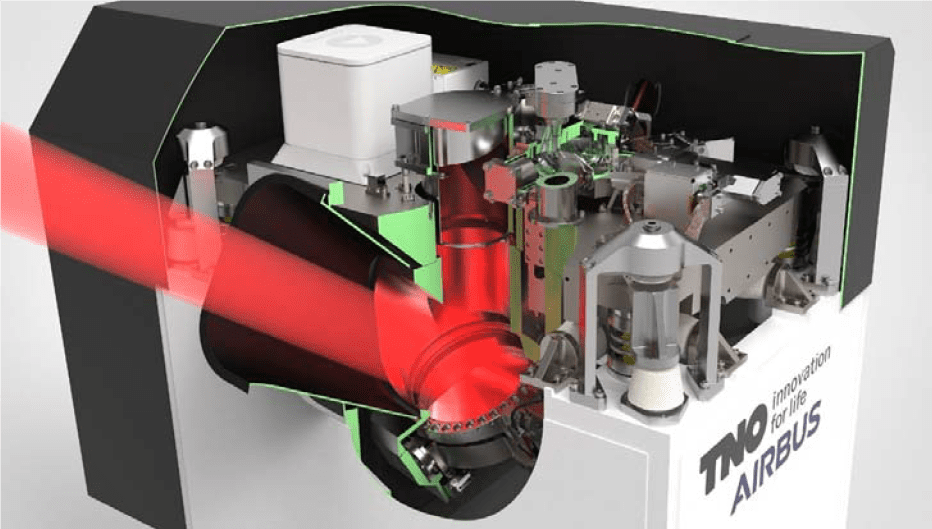BAE Systems to Receive USAF Contract to Support Mission Data Loads for F-35


The U.S. Air Force Test Center plans to award the electronic systems sector of BAE Systems a 5-year contract to support the testing of mission data loads at Eglin AFB in Florida for the Lockheed Martin F-35 fighter. Pictured above, the Norway Italy Reprogramming Lab (NIRL) at Eglin Air Force Base, Florida, provides Norway and Italy with F-35 mission data files to assess what threats to search for and when. (Photo: Eglin AFB)
U.S. Air Force Test Center (AFTC) plans to award BAE Systems’ electronic systems sector in Nashua, N.H., a five-year contract before Oct. 1 to support the testing of mission data loads (MDLs) at Eglin AFB, Fla., for the Lockheed Martin [LMT] F-35 fighter.
The award stems from a notice last year by Eglin’s 350th Spectrum Warfare Wing that sought such industry support (Defense Daily, Nov. 23, 2022).
While AFTC said that the contract to BAE Systems has a relatively low cap of $4.5 million, the continual development of MDLs is crucial, as such MDLs allow the F-35 to use updated maps and identify and counter specific, regional threats, including missiles, electronic warfare systems, and adversary fighters. The 350th Spectrum Warfare Wing and the U.S. Reprogramming Laboratory (USRL) at Eglin update MDLs to ensure new software incorporates new regional data.
International MDL efforts for the F-35 include those by the Australia, Canada, and the United Kingdom Reprogramming Laboratory (ACURL) and the Norway Italy Reprograming Lab (NIRL). In June 2019, NIRL stood up at Eglin, while ACURL moved from Lockheed Martin’s F-35 plant in Fort Worth, Texas to Eglin in February 2020.

BAE Systems supports the developments and upgrades for combat and fast jet trainer aircraft. (Photo: BAE Systems)
The upcoming MDL support contract to BAE Systems “is for Hardware-in-the-Loop (HITL) Test Facilities Threat Simulators Sustaining Engineering Services (SES) Support providing direct support to the F-35 Partner Support Complex (PSC) ACURL/ F-35 PSC NIRL / F-35 PSC Mission Data Reprograming Lab (XRL)/513th Electronic Warfare Squadron (EWS) USRL,” AFTC said on Jan. 18. “The F-35 PSC NIRL and 513th EWS require management, personnel, equipment, supplies, facilities, transportation, tools, materials, supervision, and other items and non-personnel services necessary to perform sustainment and technical support services of the HITL laboratory testing of simulated regional RF [radio frequency] radar threat signals for the F-35 Mission Data Development Mission program.”
In June 2021, the Air Force stood up the 350th Spectrum Warfare Wing under Air Combat Command to focus on offensive electronic warfare and consolidate all Air Force electromagnetic spectrum efforts (Defense Daily, June 25, 2021). The wing includes the 513th EWS under Eglin’s former 53rd Electronic Warfare Group.
In past years, the Pentagon’s directorate of operational test and evaluation (DOT&E) has pressed DoD to ensure that USRL is able to test and optimize MDLs under realistic threat scenarios. In its fiscal 2021 “controlled unclassified information” report, DOT&E said that there is still work to do to support F-35 Block 4 MDL development.
The report said that “DOT&E remains concerned about the availability of the test infrastructure and resources required to execute the approved Block 4 test programs.”
The Air Force, U.S. Navy, and Marine Corps and operational test (OT) personnel from the F-35 Joint Program Office “have developed a tail-by-tail accounting of current and future OT aircraft, and identified the necessary modifications to OT aircraft and the required instrumentation,” the study said. “Additional work and funding are required to address these and other test-enabling and infrastructure requirements, such as the U.S. Reprogramming Lab for mission data, data sharing networks and storage systems for the test teams, and JSE [Joint Simulation Environment] upgrades. Currently, these requirements are not fully funded, programmed, or scheduled to be completed in time to support Block 4’s DT [developmental test], integrated DT/OT, and dedicated OT activities.”
The F-35 program has planned to finish the final 64 runs of JSE at Naval Air Station Patuxent River, Md., this year to allow the F-35 to proceed to a full-rate production decision.
The post BAE Systems to Receive USAF Contract to Support Mission Data Loads for F-35 appeared first on Avionics International.
—————
Boost Internet Speed–
Free Business Hosting–
Free Email Account–
Dropcatch–
Free Secure Email–
Secure Email–
Cheap VOIP Calls–
Free Hosting–
Boost Inflight Wifi–
Premium Domains–
Free Domains







